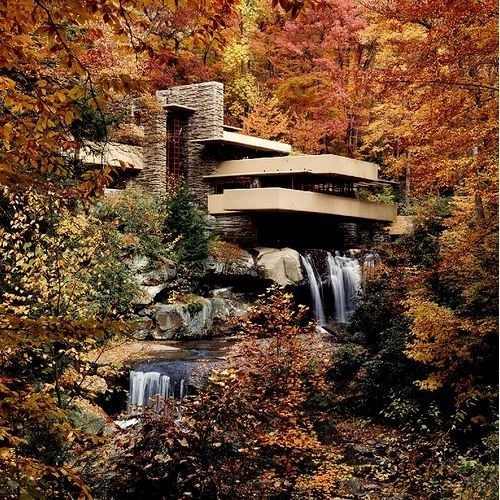
In 1972 Unesco created the World Heritage Convention linking together the concepts of nature conservation and the preservation of cultural heritage. Based on the understanding that sites and monuments are threatened with deterioration or disappearance over time, the organization determines that those of outstanding universal value deserve special protection from the dangers they are facing. Therefore, the efforts to identify, protect, preserve, and value the sites included on this list are meant to safeguard and pass the world's cultural and natural heritage on to future generations.















_as_Seen_From_East_World_Monuments_Fund_Collection.jpg?1599137151)



























![Centro Histórico de Guanajuato. Tomas Castelazo [CC BY-SA 3.0 (https://creativecommons.org/licenses/by-sa/3.0)]. Image via Wikimedia Commons The Ultimate List of Sites Declared World Heritage in Mexico - Image 1 of 4](https://images.adsttc.com/media/images/5cf6/e535/284d/d15e/a900/0379/thumb_jpg/Guanaguato_at_night.jpg?1559684389)
![Convento Santo Domingo de Guzmán ubicado en el Centro Histórico de Oaxaca. El Ágora [Public domain]. Image via Wikimedia Commons The Ultimate List of Sites Declared World Heritage in Mexico - Image 2 of 4](https://images.adsttc.com/media/images/5cf6/de93/284d/d197/9600/01b1/thumb_jpg/800px-Santo_Domingo_de_Guzman_Convent.jpg?1559682702)
![Pirámide de los Nichos ubicada en la Ciudad Prehispánica del Tajín. AlejandroLinaresGarcia [CC BY-SA 4.0 (https://creativecommons.org/licenses/by-sa/4.0)]. Image via Wikimedia Commons The Ultimate List of Sites Declared World Heritage in Mexico - Image 3 of 4](https://images.adsttc.com/media/images/5cf6/e71c/284d/d15e/a900/037c/thumb_jpg/1280px-PyramidNiches3.jpg?1559684885)
![Templo y Convento de San Mateo Apóstol. Miandigra [CC BY-SA 3.0 (https://creativecommons.org/licenses/by-sa/3.0)]. Image via Wikimedia Commons The Ultimate List of Sites Declared World Heritage in Mexico - Image 4 of 4](https://images.adsttc.com/media/images/5cf6/e733/284d/d197/9600/01c0/thumb_jpg/1280px-Templo_y_convento_de_San_Mateo_Apo%CC%81stol.jpg?1559684909)







.jpg?1555418685)
.jpg?1555418612)
.jpg?1555418654)

.jpg?1555418644)
.jpg?1555418875)













